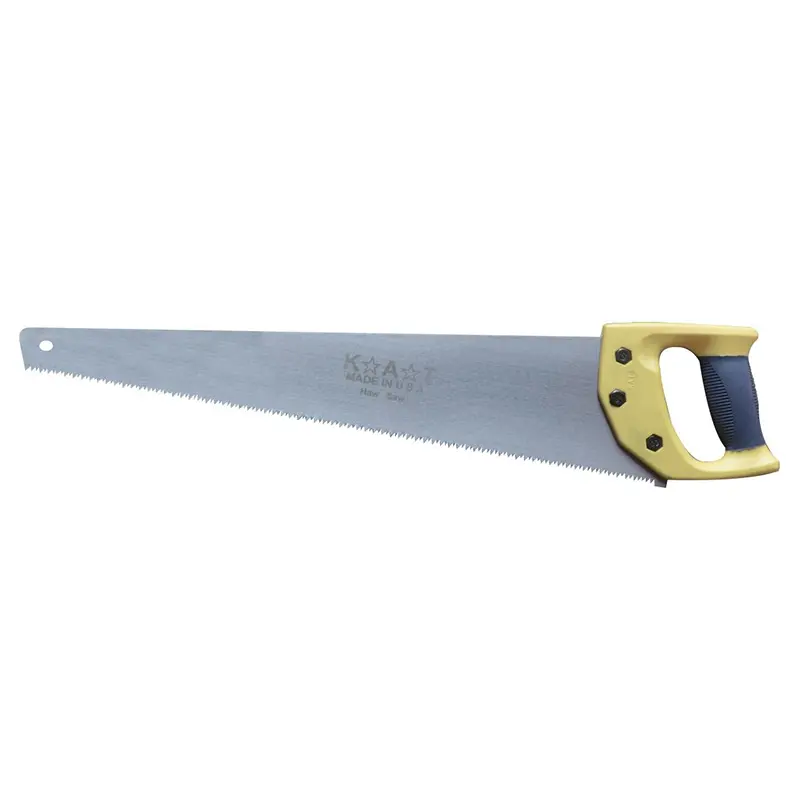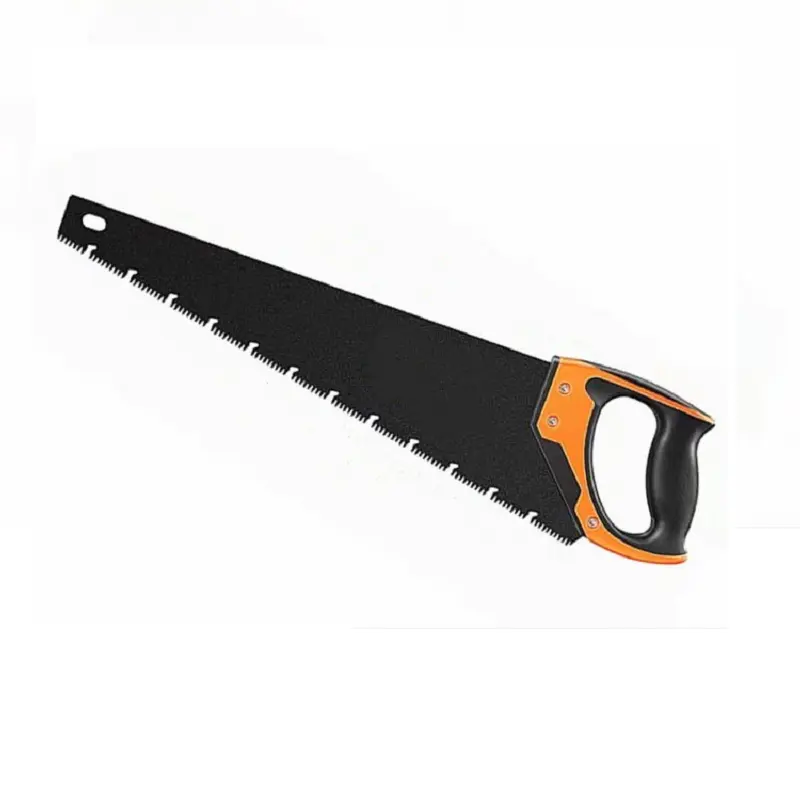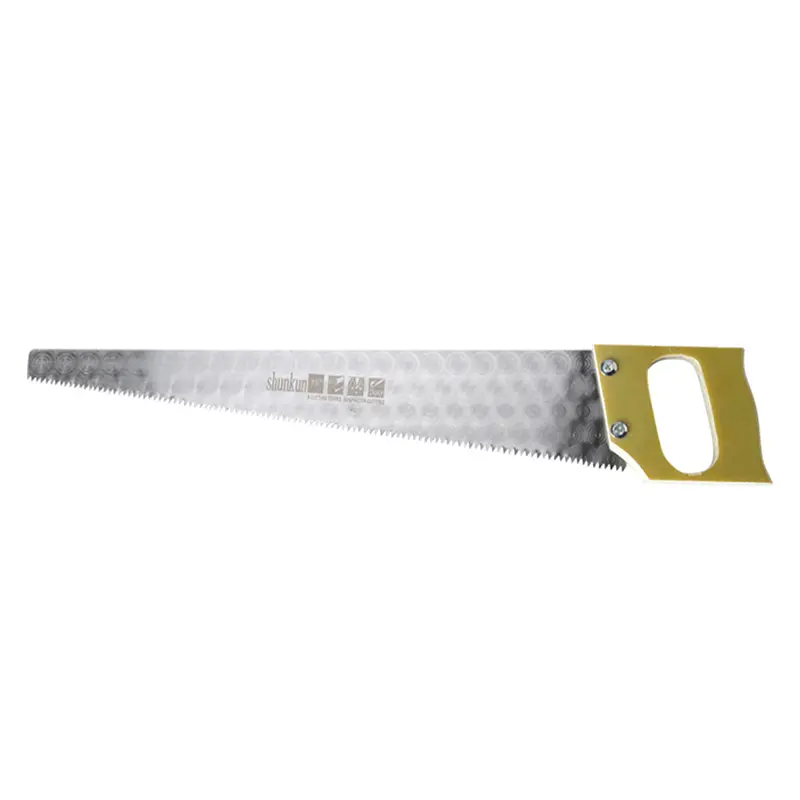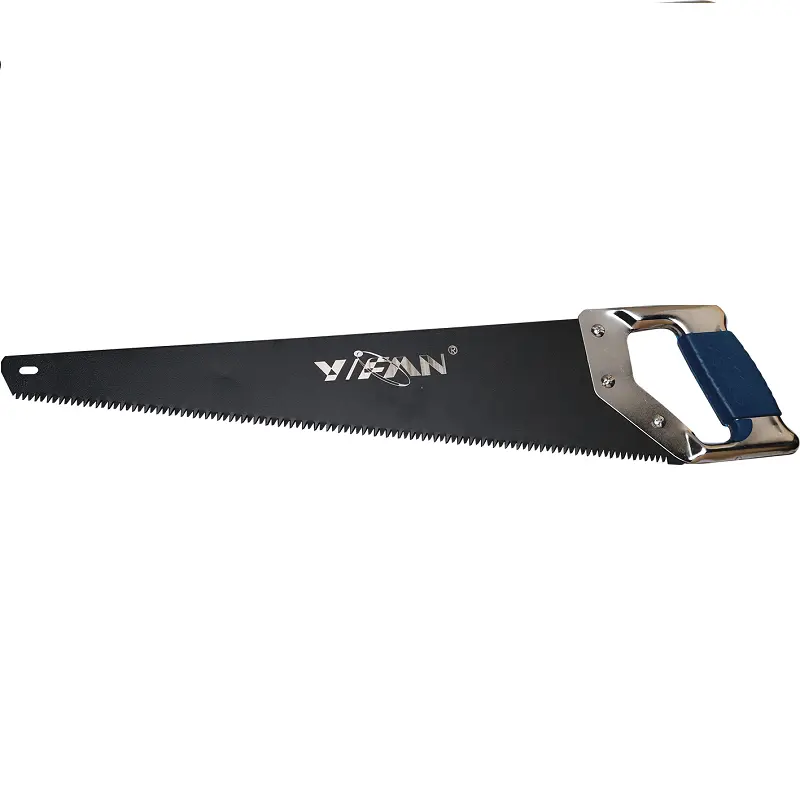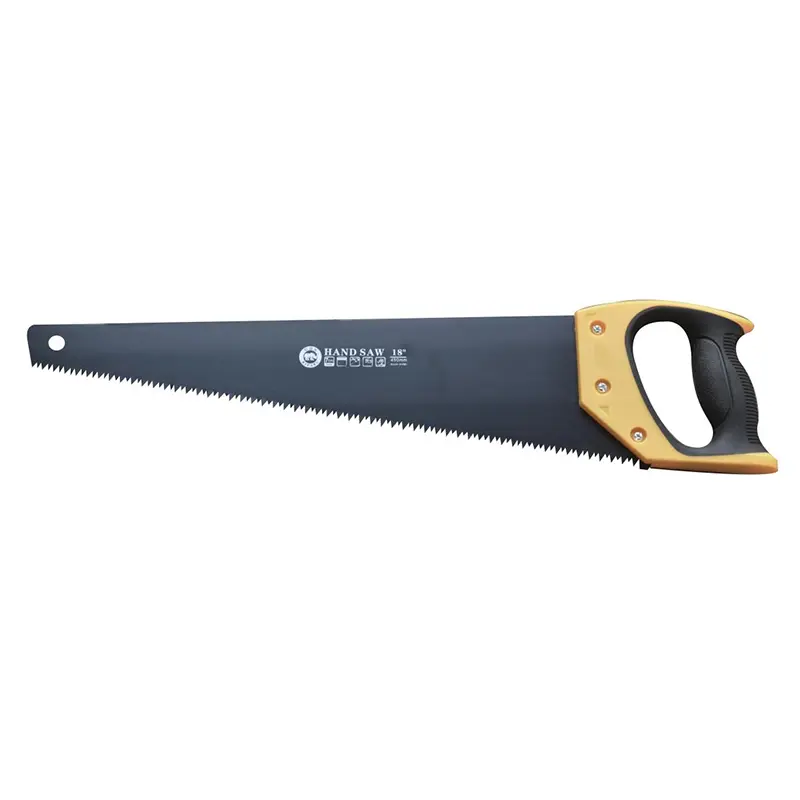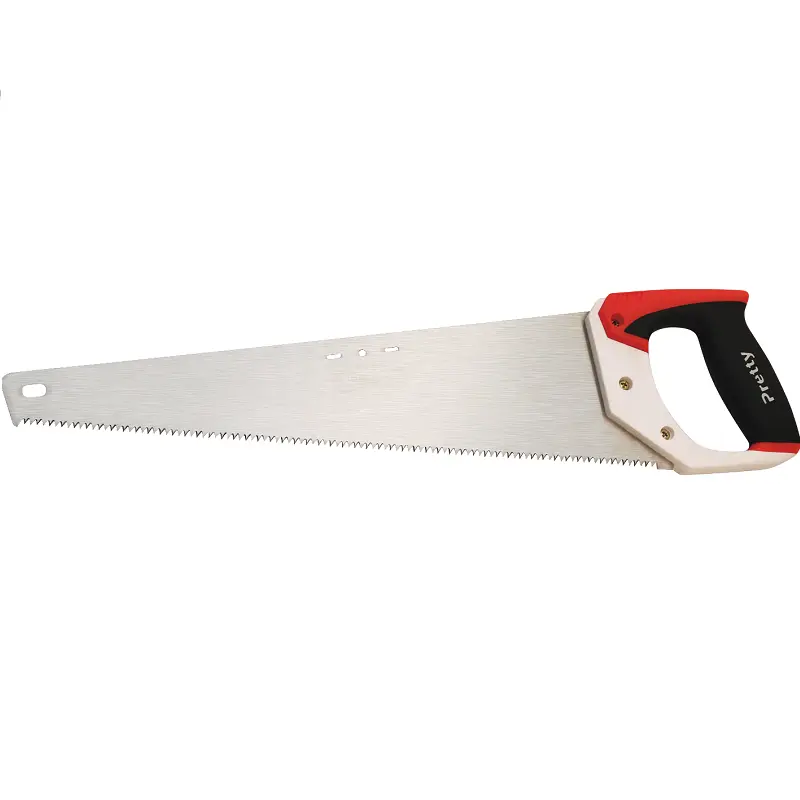Clamp Saw
一、Production description:
A clevis saw usually consists of a saw blade, a saw back and a handle. The saw blade is generally slender, of moderate width and thin thickness, which makes it more flexible when making fine cuts. The saw back is relatively thick and strong, usually made of high-quality steel, which provides a stable support for the saw blade and ensures that the saw blade will not bend or deform easily during the cutting process. The handle is designed in accordance with ergonomic principles and is comfortable to hold, making it easy for users to operate without fatigue during long hours of work.
二、use:
1:Very suitable for precise straight and curved cutting, especially for fine woodworking such as mortise and tenon structure, carving, etc. It can cut a variety of woods, including hardwood and softwood.
2:It can accurately cut out tenons and mortises of various shapes, providing precise joints for woodworking splicing.
3:When making models, the back saw can be used to cut thin wood boards, plastic boards and other materials to meet the needs of fine parts in model making.
三、Performance has advantages:
1:The saw blade of a back saw is usually narrow and thin, which enables it to make precise cuts along predetermined lines during cutting operations. It is particularly suitable for work such as mortise and tenon structure production and fine carving that require high precision.
2:The teeth are arranged closely and evenly. This design can make the sawing process smoother, reduce the jumping or deviation of the teeth in the wood, and further improve the cutting accuracy.
3: Since the saw blade of the clamping saw is relatively thin and has a certain degree of flexibility (some clamping saws), in some situations where curved cutting or special shape cutting is required, the user can flexibly adjust the angle and direction of the saw blade as needed to meet different cutting requirements.
四、Process characteristics
(1)The teeth of a clip-on saw are usually small, closely spaced, and have small rake angles.
(2)The saw blade of the back saw is usually made of materials such as high carbon steel or alloy steel. These materials have high hardness and wear resistance, which can ensure that the saw blade is not easy to wear or deform during long-term use.
(3)The saw back of a clamp-back saw usually adopts a clamp-back structure, that is, a metal plate or a wooden board is clamped on the back of the saw blade to increase the strength and stability of the saw blade.
(4)The handle of a clip saw is usually ergonomically designed to improve gripcomfort and stability.



